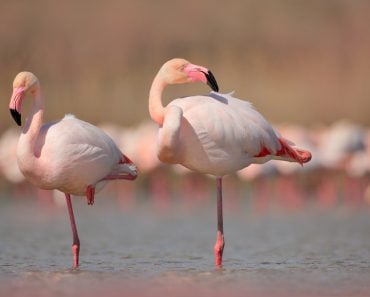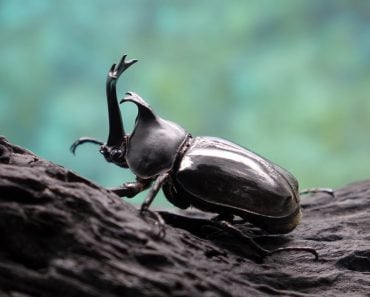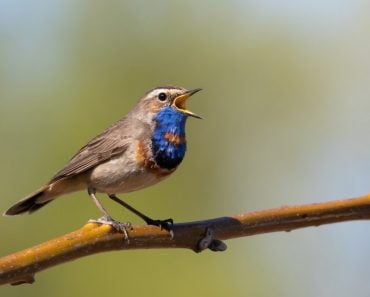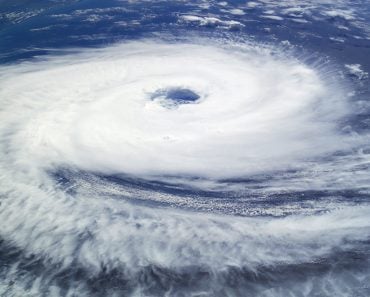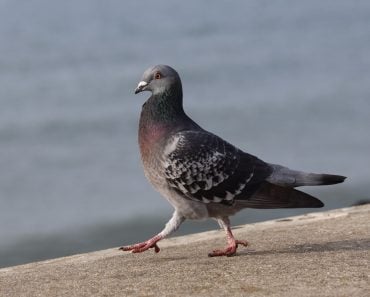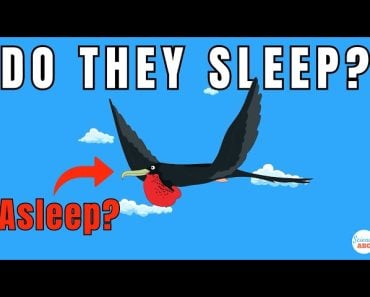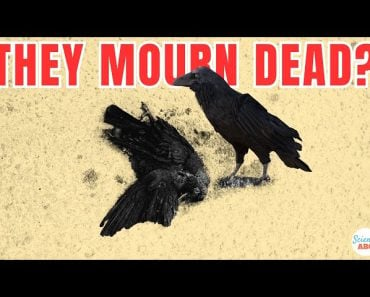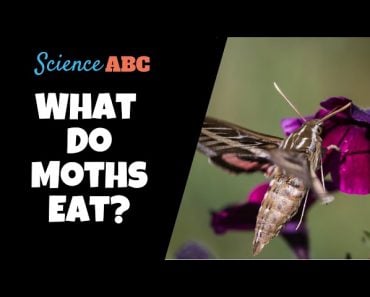Table of Contents (click to expand)
Peacocks don’t dance because it is raining. In main parts of Asia such as India, the peacock’s mating season which being around May coincides with the monsoons. To attract a mate, peacocks perform an elaborate dance to show of their tail feathers to a peahen.
There is no denying that peacocks are some of the most beautiful animals on the planet. If you’ve ever seen a peacock at the zoo or in the wild, you can’t have missed their incredible tail feathers. The tail makes up 60% of the peacock’s body length, with over 150 to 200 individual feathers. With huge, elaborate green-blue eye-spotted feathers, these birds look like a case of natural selection getting its groove on.
And, if you’re in South Asia and see a peacock caught outside in the rain, there’s a good chance you’d see the peacock dance, showing off the full glory of its tail feathers.
The question is…why do these stunning birds like to dance in the rain?
Recommended Video for you:
The Legend Of The Peacock Rain Dance
For centuries, people in the Asian subcontinent believed (and still do) that peacocks dance before the coming of the rain, foretelling when a place might have a sudden shower.
However, as cool as that would be, that idea is now widely considered a superstition. Christine E. Jackson, author of the book ‘Peacock’ writes, “Birds calling to foretell rain is a very old superstition in the west, where birds attributed with such powers include the woodpeckers, quail, and red-throated divers, among several others.
However, no scientific proof has been discovered for this prophetic ability. The real reason for this rain dance is all about the peacock being in the right place at the right time.
Peacock Mating Season Begins During The Monsoons
One of the most interesting things about bird species worldwide is their mating rituals’ wide diversity and elaborate nature. From the bugling calls of Emperor penguins and the two-timing trickery of hedge sparrows to the strange dance of birds of paradise, birds have developed some truly odd ways of attracting and keeping a mate.
A peacock is a male peafowl (as opposed to peahens, the females), and they are no exception to this penchant for performing mating rituals. Unsurprisingly, a bird with such a beautiful set of tail feathers would be interested in shaking them to attract a mate.
Now, for a bit of backstory, peacocks and peahens primarily live in India, Sri Lanka, Myanmar, Java, and one species living in the Congo. What do all of those places have in common? A wet season (or a monsoon season, in the case of some Asian locations). Coincidentally, the peacock mating season begins in May to June, as the first rains arrive, and can last until September to October, as the rain recedes.
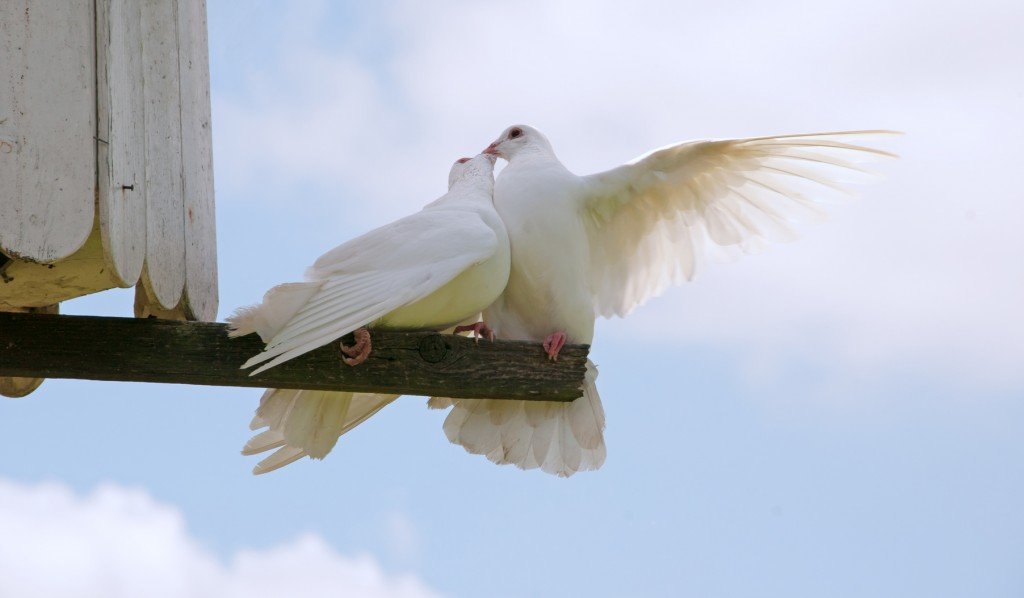
Therefore, when you come across a peacock dancing on a trip through India, you can draw some immediate conclusions: the rainy season has begun, and that beautifully bedecked bird in front of you is in the mood for love.
Peacock Feathers
Peacocks belong to the pheasant family, and other members include chickens, pheasants, and turkeys. All birds in the peasant family have long tail feathers, but the peacock has the grandest tail feathers. The Himalayan Monal has similar colors to the peacock and dances for its mates, and the smaller golden pheasant has vibrant red and yellow feathers.
Peacock tail feathers aren’t just big and boldly colored; they have developed tiny crystals called photonic crystals spaced throughout the feathers that bend and reflect light in interesting ways, making the birds appear resplendent and iridescent.
The feathers appear to shimmer because the color changes ever so slightly as the peacock moves its feathers, changing how the light is reflected and refracted on the crystals.
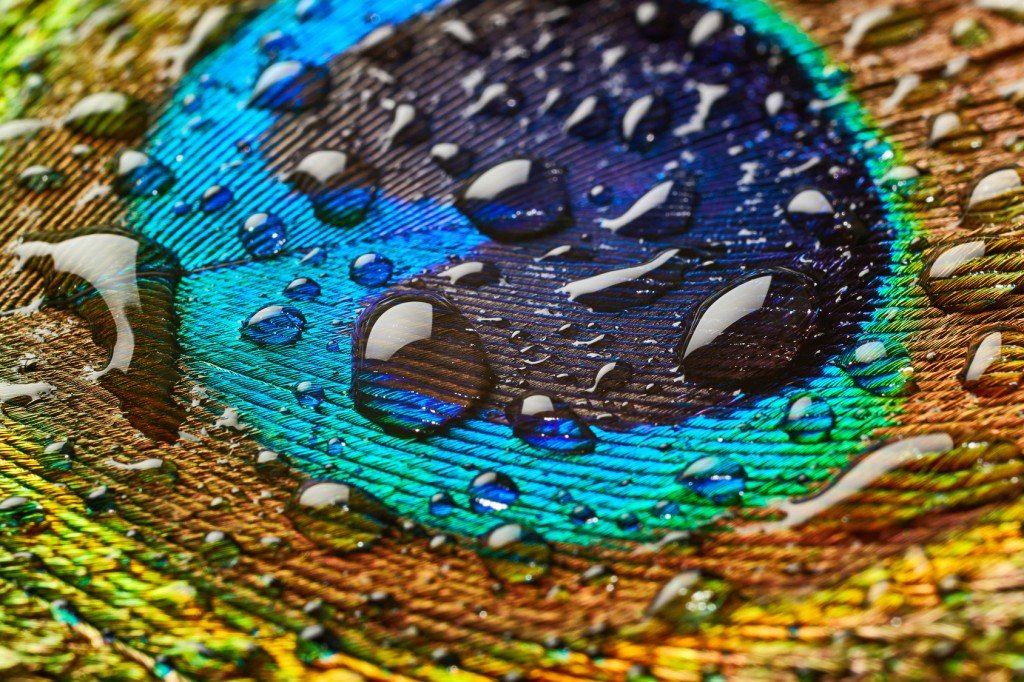
It is possible that when the feathers get damp during the rain, they shimmer and glisten even more, although there is no tested scientific evidence for this. While this may just be a happy accident for peacocks rather than a preferred weather condition for their mating ritual, they certainly don’t seem to mind dancing in the rain.
At The End Of The Mating Season
Once peacocks have mated and the peahens have laid eggs, the bird sheds its tail feathers off. This molt can happen between July and October. Their eye-spot feathers are instead replaced with simpler green feathers without a train. Breeders collect the shed feathers and often sell them for additional income.
The males regrow their train as a new mating season approaches when the rains once more usher in the season of love.
References (click to expand)
- Soma, M., & Iwama, M. (2017, March 8). Mating success follows duet dancing in the Java sparrow. (W. J. Etges, Ed.), Plos One. Public Library of Science (PLoS).
- Petrie, M., Tim, H., & Carolyn, S. (1991, February). Peahens prefer peacocks with elaborate trains. Animal Behaviour. Elsevier BV.
- SCHOLES III, E. (2008, June 28). Evolution of the courtship phenotype in the bird of paradise genus Parotia (Aves: Paradisaeidae): homology, phylogeny, and modularity. Biological Journal of the Linnean Society. Oxford University Press (OUP).
- Zi, J., Yu, X., Li, Y., Hu, X., Xu, C., Wang, X., … Fu, R. (2003, October 13). Coloration strategies in peacock feathers. Proceedings of the National Academy of Sciences. Proceedings of the National Academy of Sciences.
- Kannan, R. and D. A. James (2020). Indian Peafowl (Pavo cristatus), version 1.0. In Birds of the World (S. M. Billerman, Editor). Cornell Lab of Ornithology, Ithaca, NY, USA. https://doi.org/10.2173/bow.compea.01


